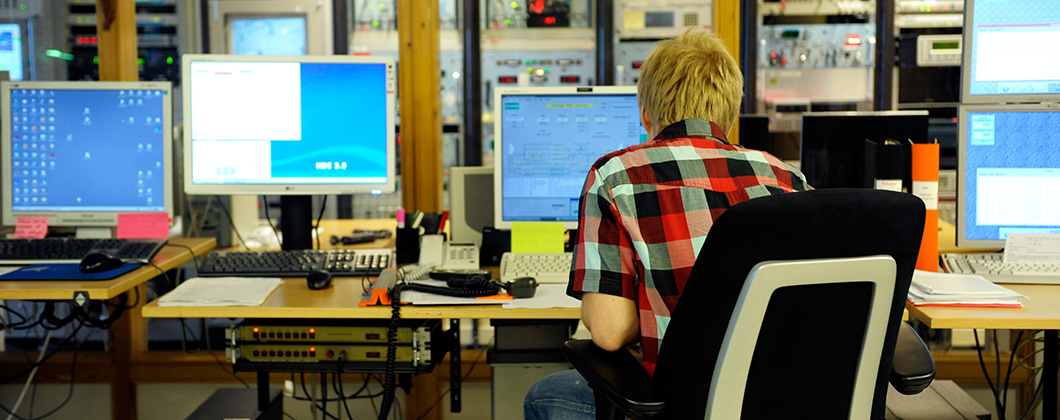Labour inspection in the age of digitalization – cognitive and other aspects
6th of September 2019

Labour inspection in the age of digitalization – cognitive and other aspects
Article related to the NIVA course Labour Inspection in the Age of Digitalization, 19th – 21st of November 2019 at Stockholm Waterfront Congress Centre, Stockholm, Sweden
Carin Håkansta, Senior Analyst, Swedish Work Environment Authority, Sweden
Digitalization has changed the way we live and how we work. Some changes are concrete, such as manual tasks moving to a computer display. Certain tasks disappear altogether because of automation and artificial intelligence. Other changes are more difficult to see, such as stress caused by badly designed computer systems or blurred boundaries between time at and outside of work. Information technology and technical devices has also enabled new forms of employment, for example “gigs” in the platform economy.
The effects of digitalization on work and the work environment are raising several questions about how to interpret and use current work environment regulation and how to carry out effective labour inspection services.
One of these questions relate to increased flexibility of work in time and space due to the internet and enabling devices such as portable computers and smartphones. This flexibility can reduce stress as it becomes easier to manage work and other activities. But is can also cause stress if we feel obliged to be available at all hours and if we have difficulties “switching off”. Another potential risk relates to the effect of increased time away from the workplace: less time colleagues and managers, which could result in reduced social support and learning. For labour inspectors, work outside of the workplace is problematic for practical reasons and also because occupational health legislation tends to relate only to the workplace. It is often unclear whether employers are responsible or not for work environments outside of the workplace.
Another question relates to increased cognitive load in many jobs today due to greater and faster flows of information. Higher intensity and complexity at work are fairly new aspects to labour inspections, which were set up to deal with more traditional and visible occupational health risks. Heavier cognitive work load increase the need for adequate lighting, noise reduction and well-functioning IT systems. This is particularly important when considering needs to enable older and persons with different types of impairments to work.
Yet another question is the implications of increasing amounts of information about what employees are doing, when and where. Information about employees is generated through a wide variety of technical systems and devices. If the information is used by the employer to monitor the employees, it may result in stress and violations to the personal integrity. Again, this is a new and difficult area to deal with in the labour inspection services.
In addition to these questions, digitalization has also led to a new form of work: digital platforms and jobs in the “gig-economy”. Gig jobs are problematic because they do not fit into the framework of labour law. Most of them are services carried out by a provider of a service to a receiver of this service, distributed by a digital platform. Since the law and collective agreements are based on agreements between employers and employees, it is unclear who is responsible for workers’ health and safety in this new type of work relationship.
Lastly, labour inspection services use the internet, IT systems and technical devices when they retrieve and manage information and when they communicate. The effects and possibilities of digitalization for the labour inspection services have received limited attention, but is a highly relevant topic.
More information: Course web page
Registration: Course registration
Last registration date: 18th of September 2019
